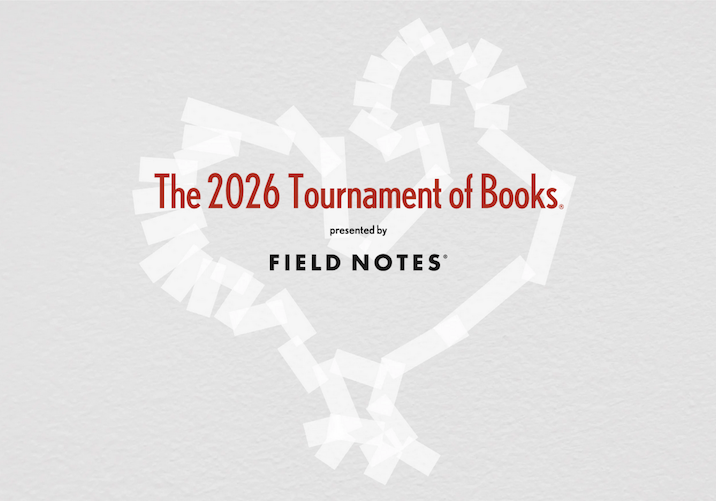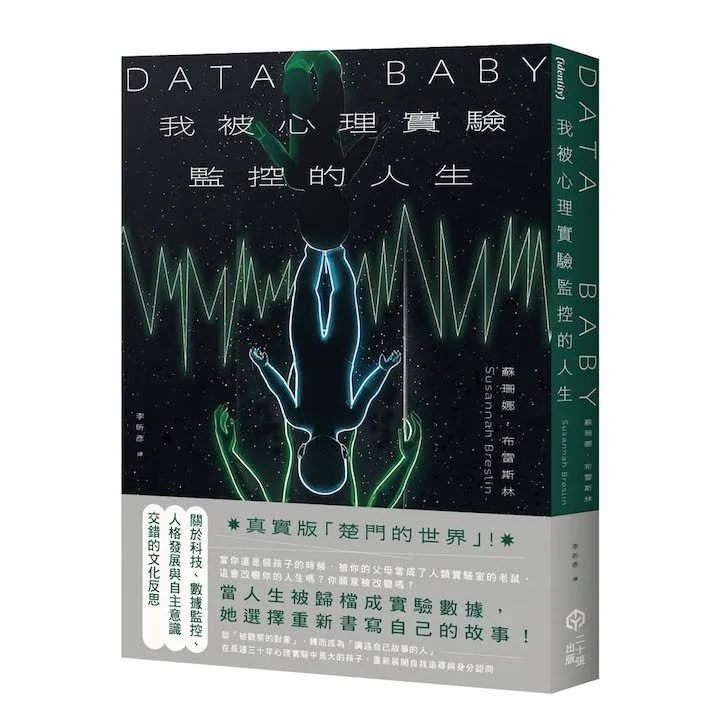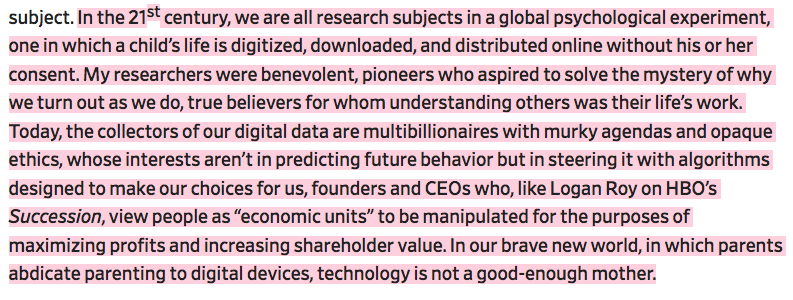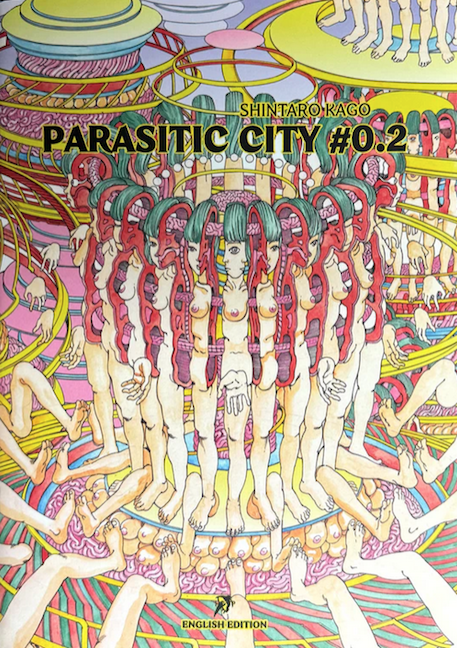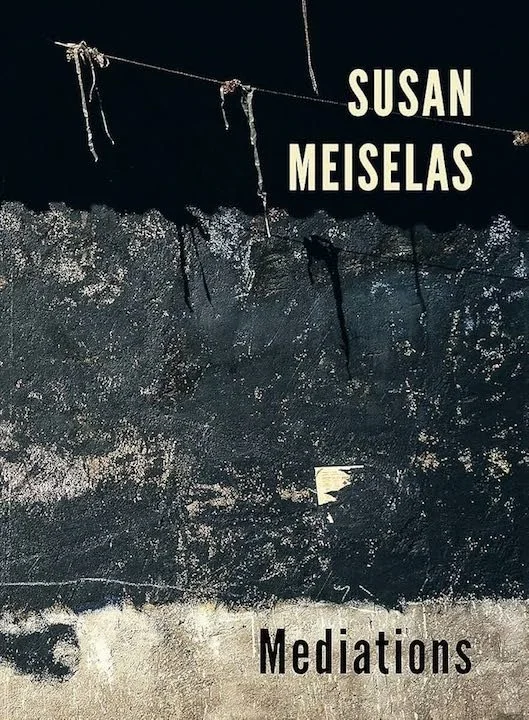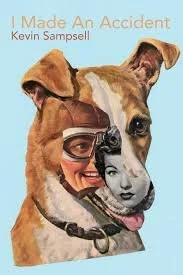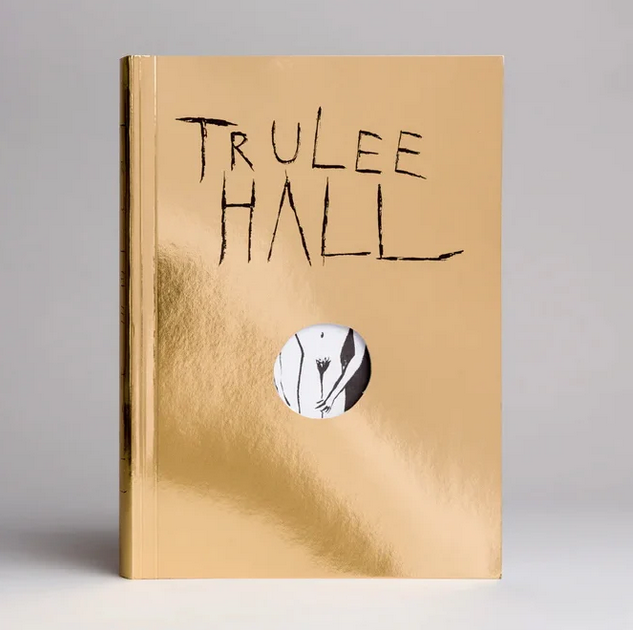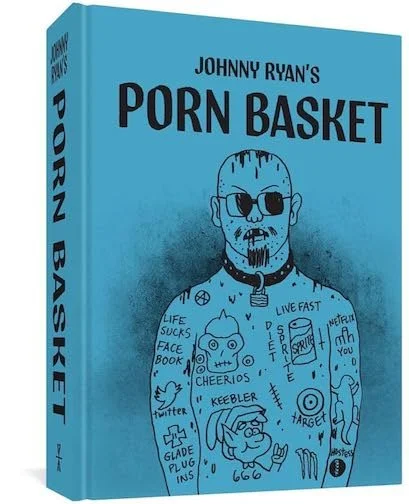One of the book projects I’m working on is a nonfiction book about the adult movie industry. The working title is When Pornographers Were Kings: A History of America’s Most Notorious Business. The book interweaves narrative nonfiction, investigative journalism, and reported memoir. While the story’s primary concern is the adult business, from boom to bust to boom again, the narrative also includes my own backstory. In other words, it explores how I came to spend a great deal of time considering the manufacturing of pornography and what the means of production of explicit content and its product say about us as a society and a culture.
Currently, I’m reading Linda Williams’ Hard Core: Power, Pleasure, and the “Frenzy of the Visible”, which I’m embarrassed to confess I’ve never read. (You can read her New York Times obituary here.) Today I ordered Jacques Lacan’s Desire and Its Interpretation, as I haven’t read Lacan since I was in college and feel it will be relevant to some of my ideas about desire and the Other. I’ll probably also re-watch Brian De Palma’s Body Double, which is a marvelous interrogation of seeing and the sexual object and features Melanie Griffith as the adult actress Holly Body.
Probably the most challenging aspect of this book—outside of revisiting Lacan, ha-ha—is bringing to the fore how my background led me to the San Fernando Valley and the indisputably most interesting thing about it. (To quote the late Evan Wright, in his devastating “Scenes From My Life in Porn”: “I would come to joke that the porn video is indigenous Southern California folk art.”) Both my parents were English professors doesn’t exactly suggest one will grow up to write about the porn business. But maybe being raised in a house that was emotionally chilly and in which intimate relationships appeared to be one way but were in fact another might.
One early scene I chose to include near the beginning of my book is something I’d never written about before. I grew up in a two-story pink stucco house on a steep single-block street in the foothills of the Berkeley Hills. My second-floor bedroom was the smallest bedroom. A set of windows faced the street to the east, and a single window faced the neighbor’s house to north. Sometimes at night I would open this side window. Below, there was a small courtyard off our dining room in which tall bamboo grew, and I liked to listen to the rustling the leaves of the bamboo made. In the darkness, I would watch the bamboo list in the wind and crane my neck so I could see the Moon or Orion tracking across the night sky.
At some point, the neighbors moved out, and, as I recall it, someone else moved in. The new neighbors included a man who may have rented the bedroom across the driveway from my room. He seemed to have a lot of girlfriends. Every weekend there was a new woman. There was a ritual to it. The man and this new woman would appear. They would go in the bathroom and reemerge in burgundy bathrobes. They would kiss and then … slip from my view. I had a sense of what they might be doing, but it was vague. I was witnessing a kind of transgression, I surmised.
Revisiting that scene made me wonder if that was a kind of cinematic experience of the erotic. As in a movie theater, I was in a dark room. In the darkness there was an illuminated frame. Within this frame, people upon whom I was spying acted out a drama of intimacy. When I was writing this part of my book, it reminded me of what an adult movie director once said to me about why he had gotten into the porn business. He was a fan of horror movies as a young man, he explained. But what he really wanted to see on the screen was what happened in the pivotal scene when the knife raised, the woman screamed, and the camera cut away. That was porn.
This was originally written for my newsletter. Subscribe to get it every week in your inbox.
About I My Book I Newsletter I X I Instagram I LinkedIn I Consulting I Email





